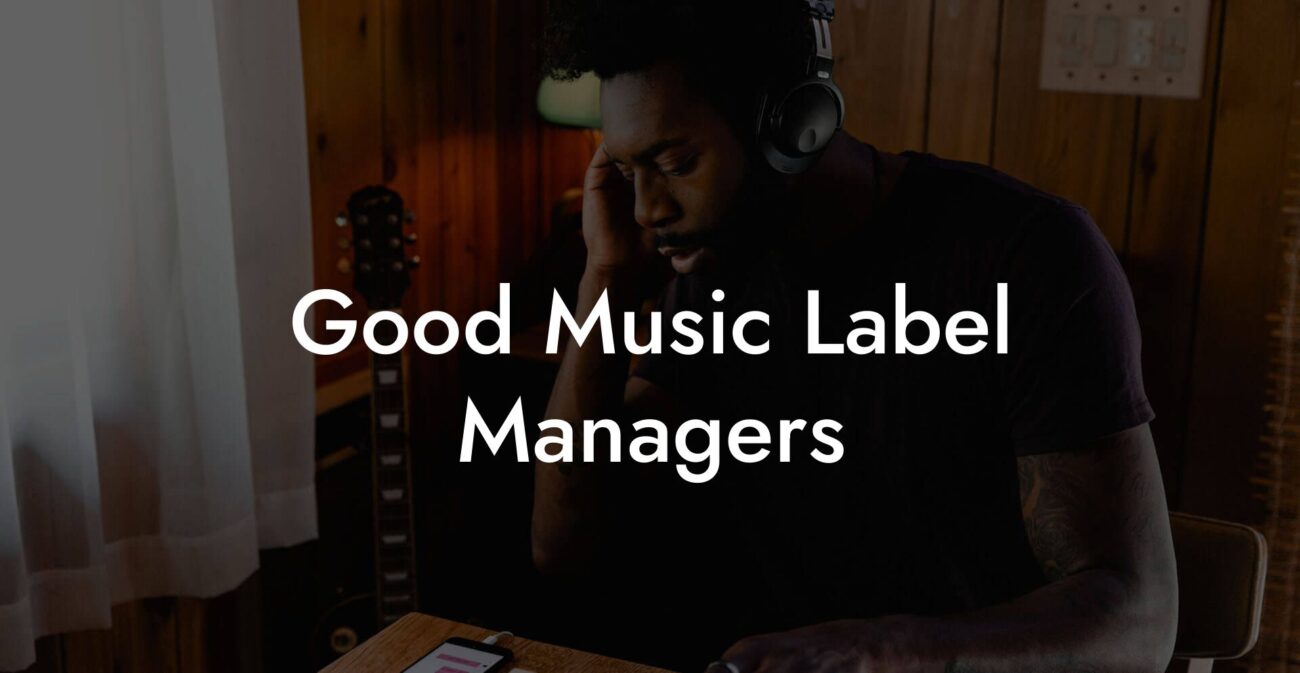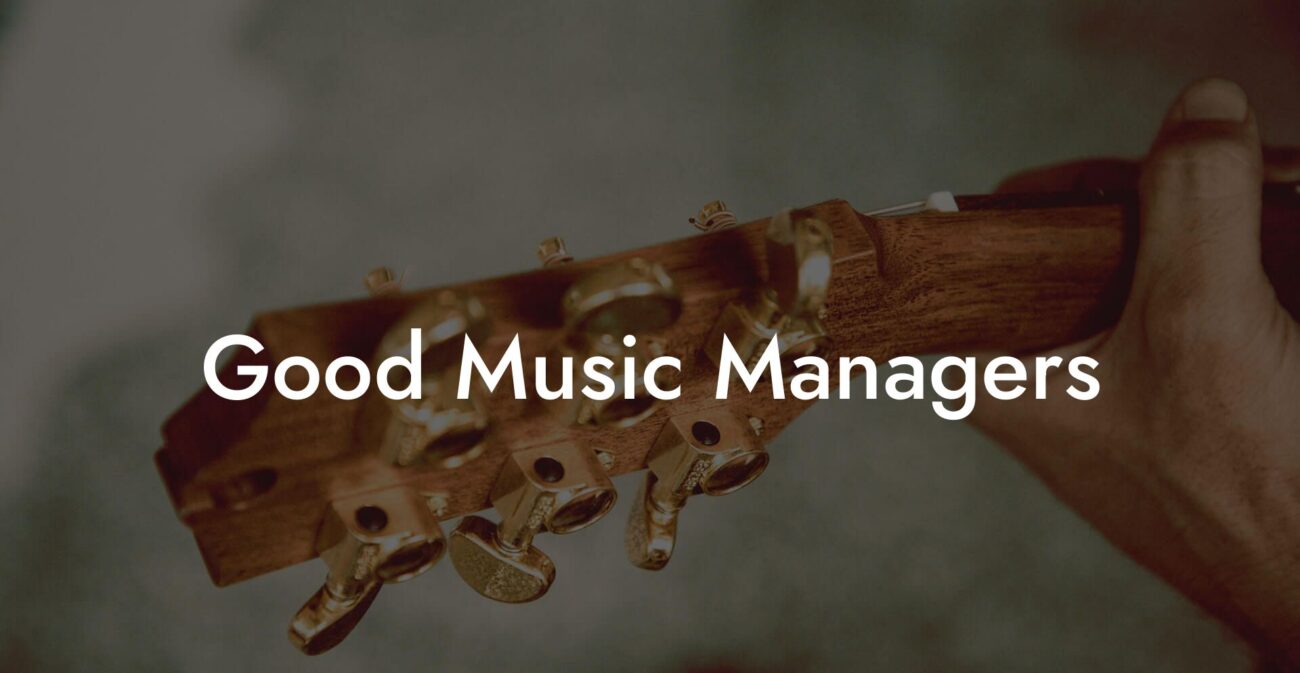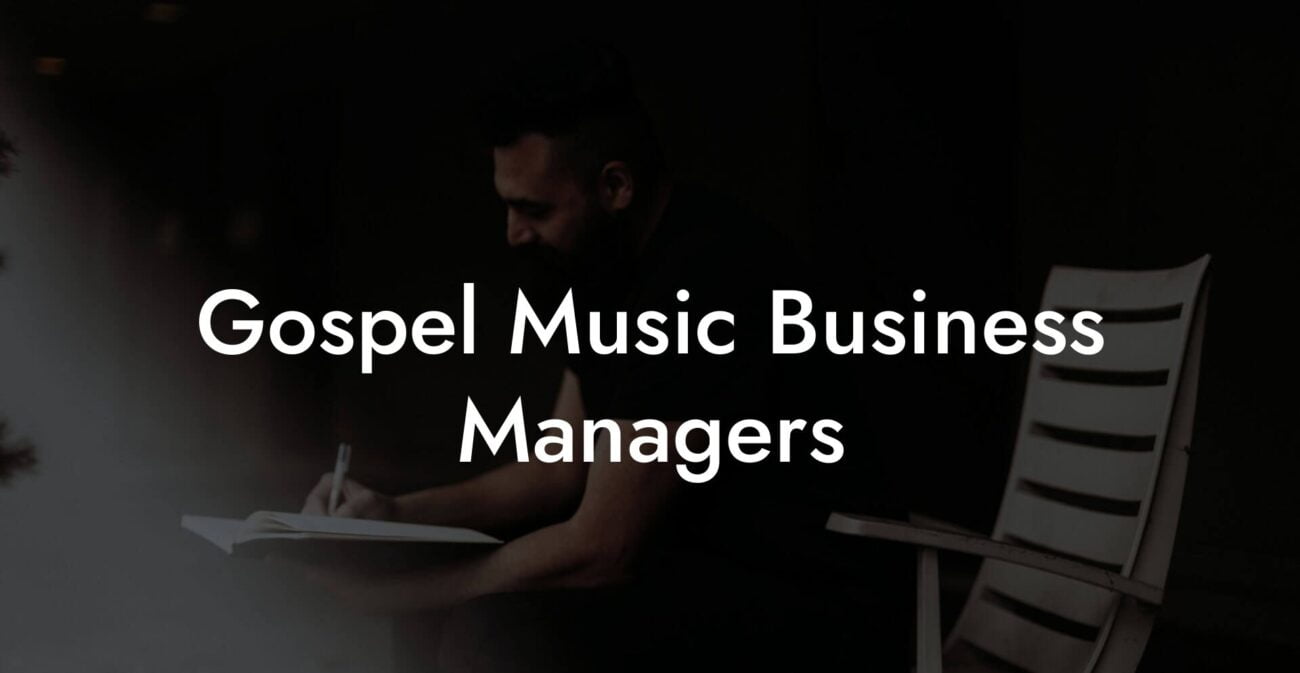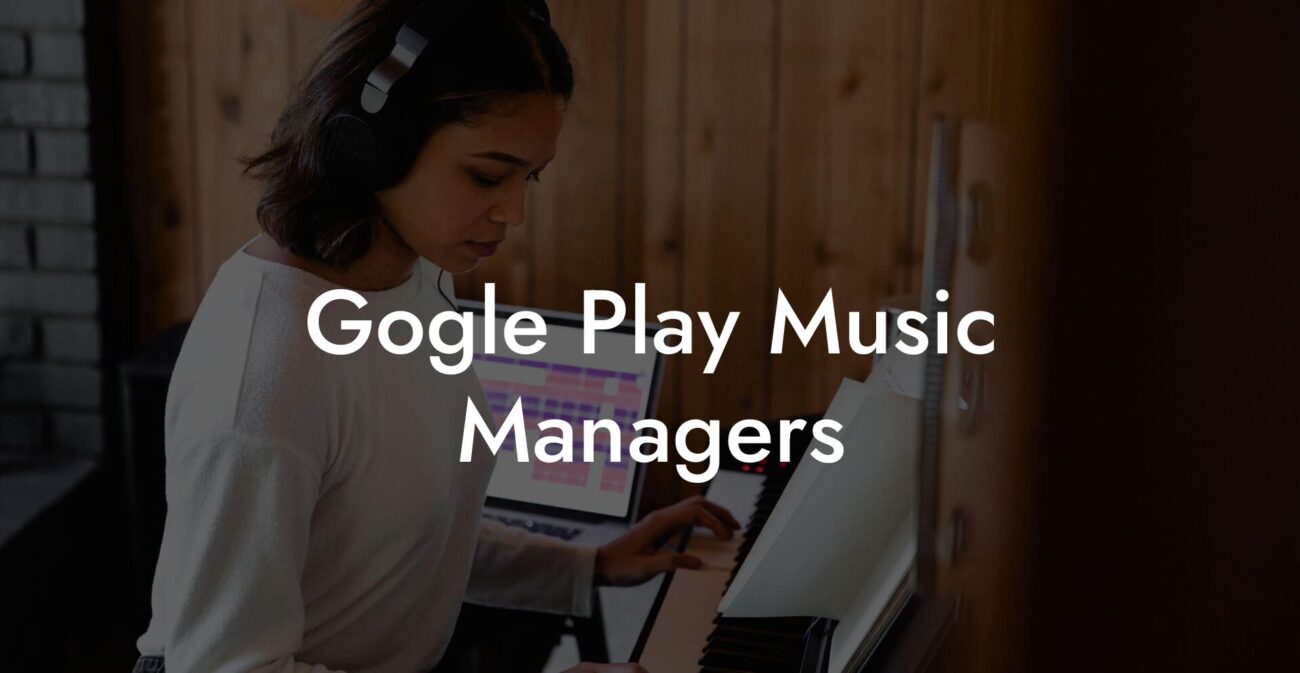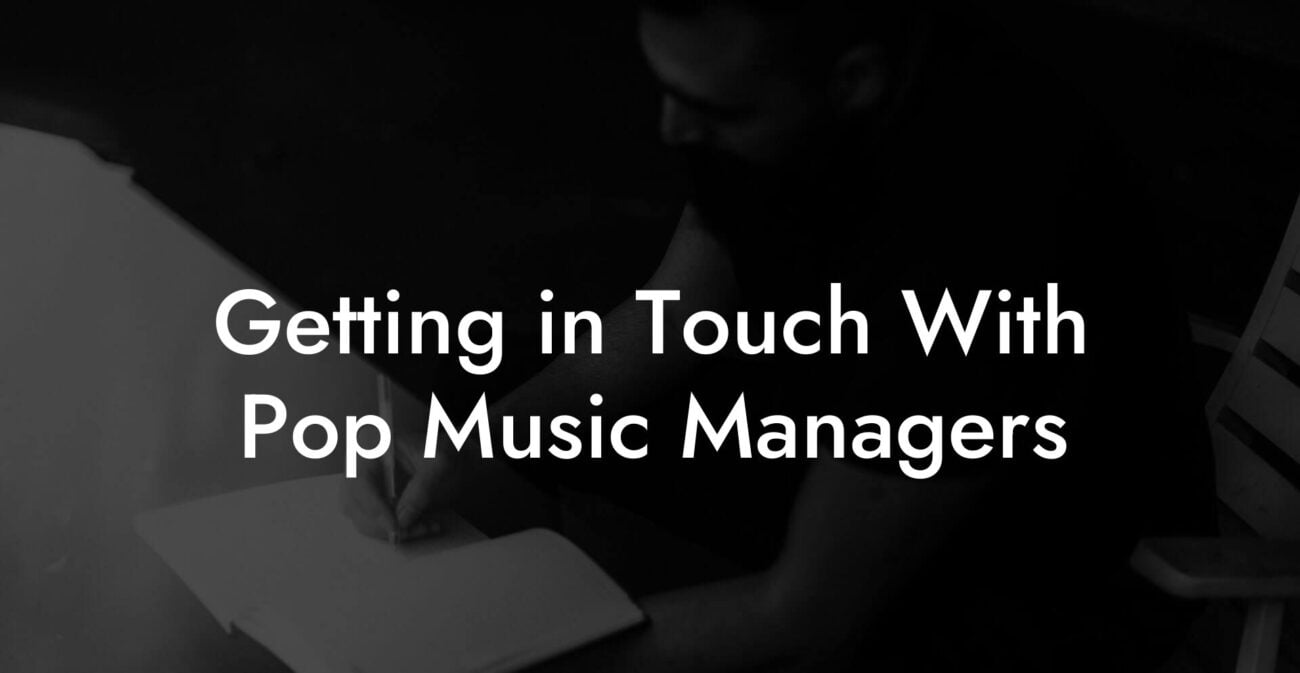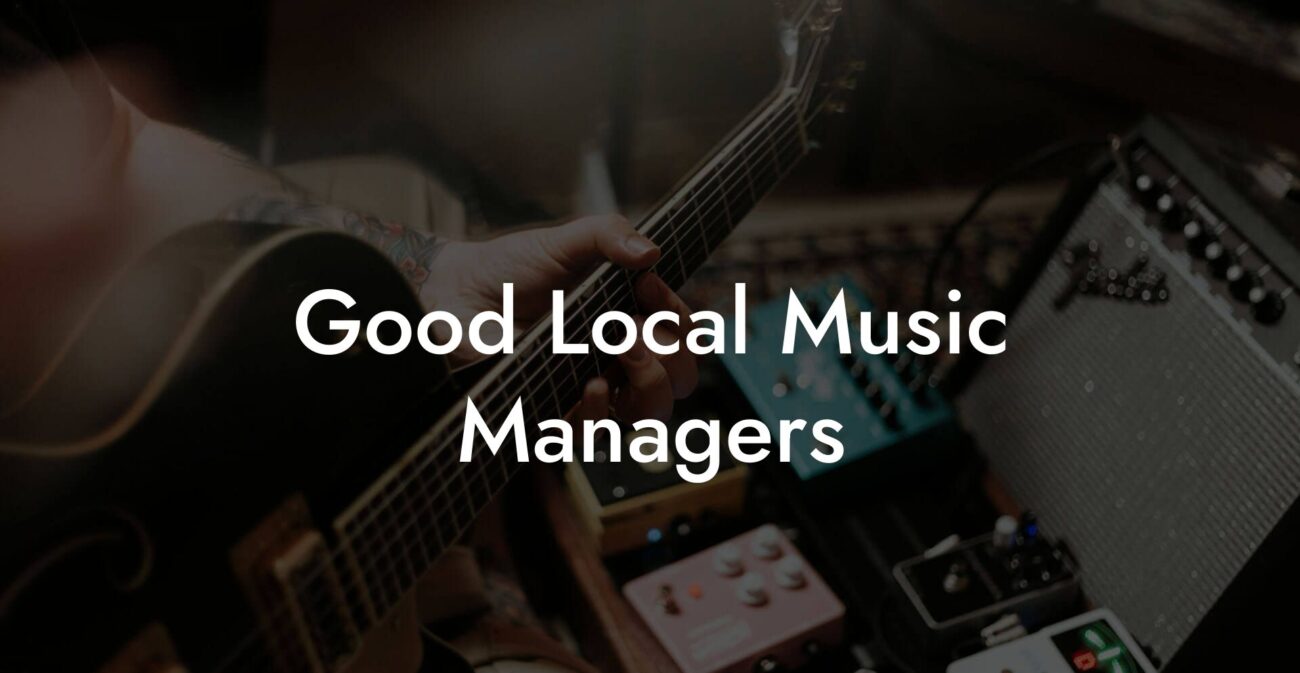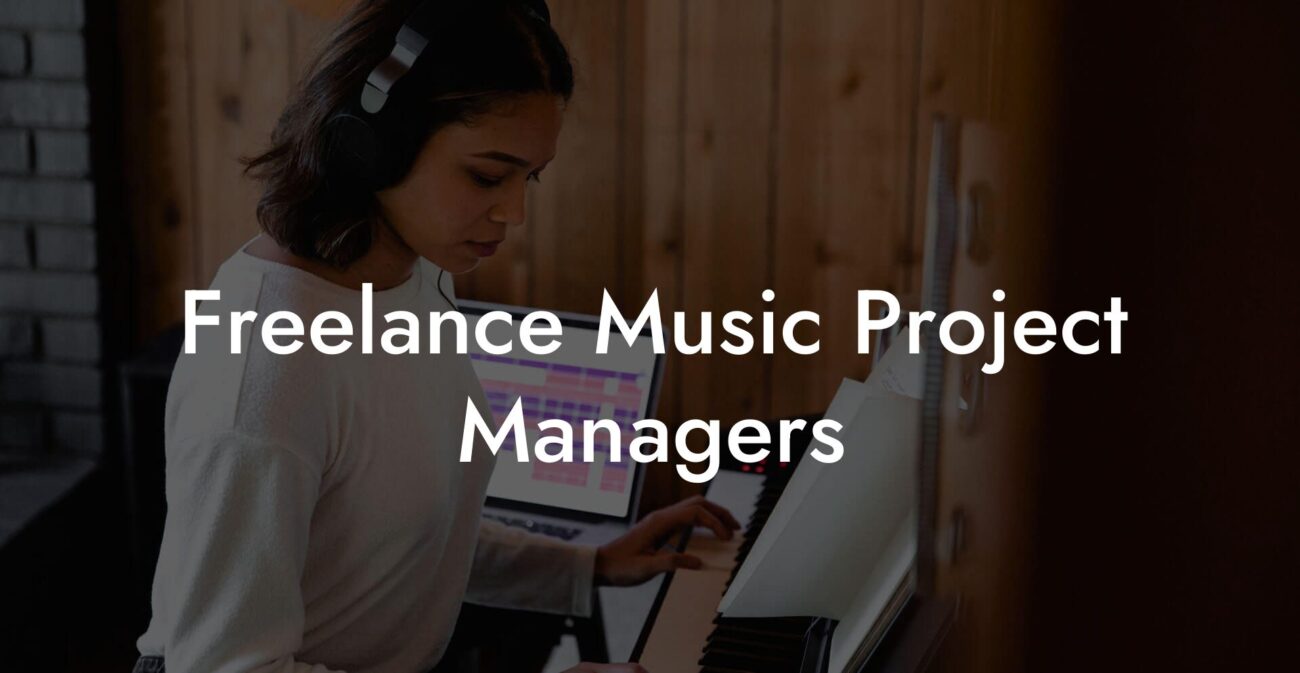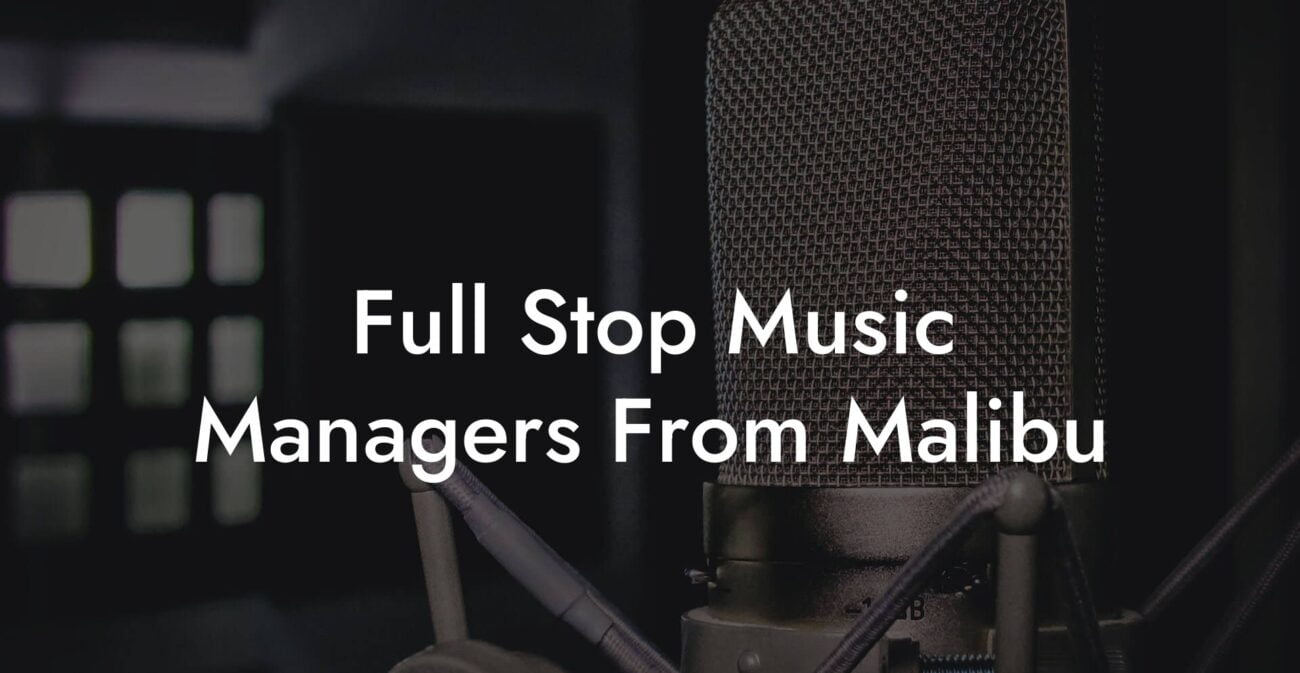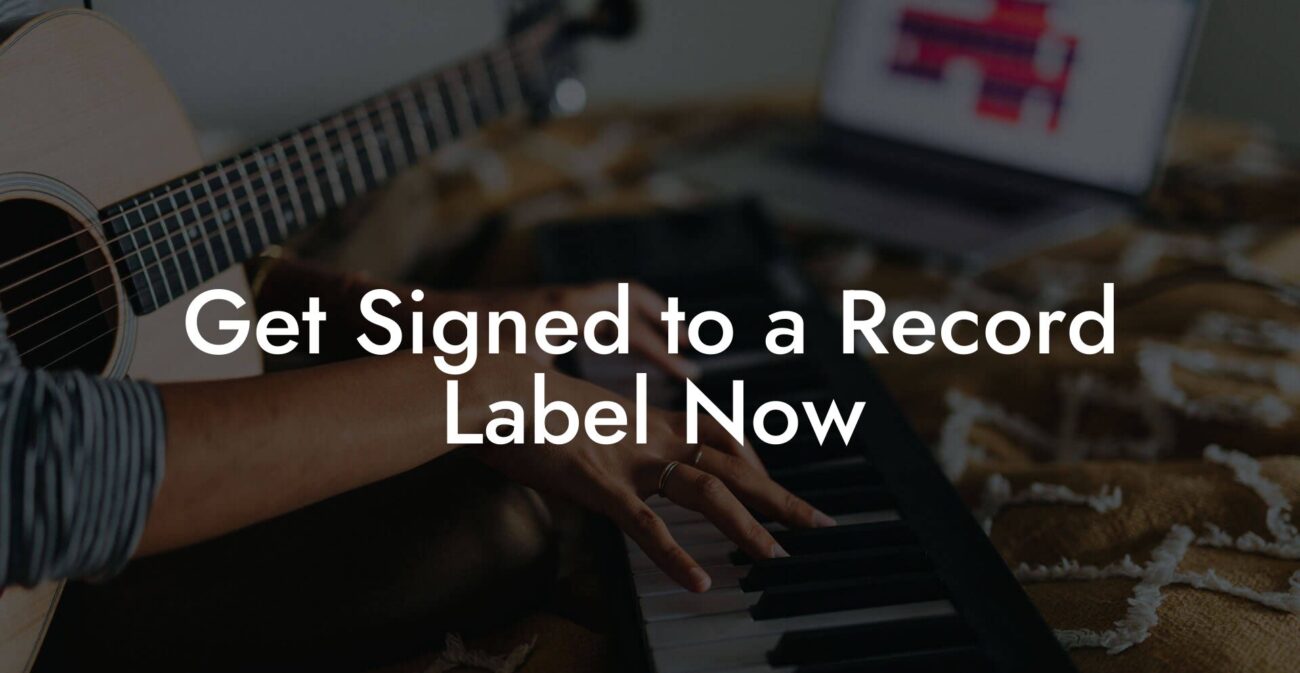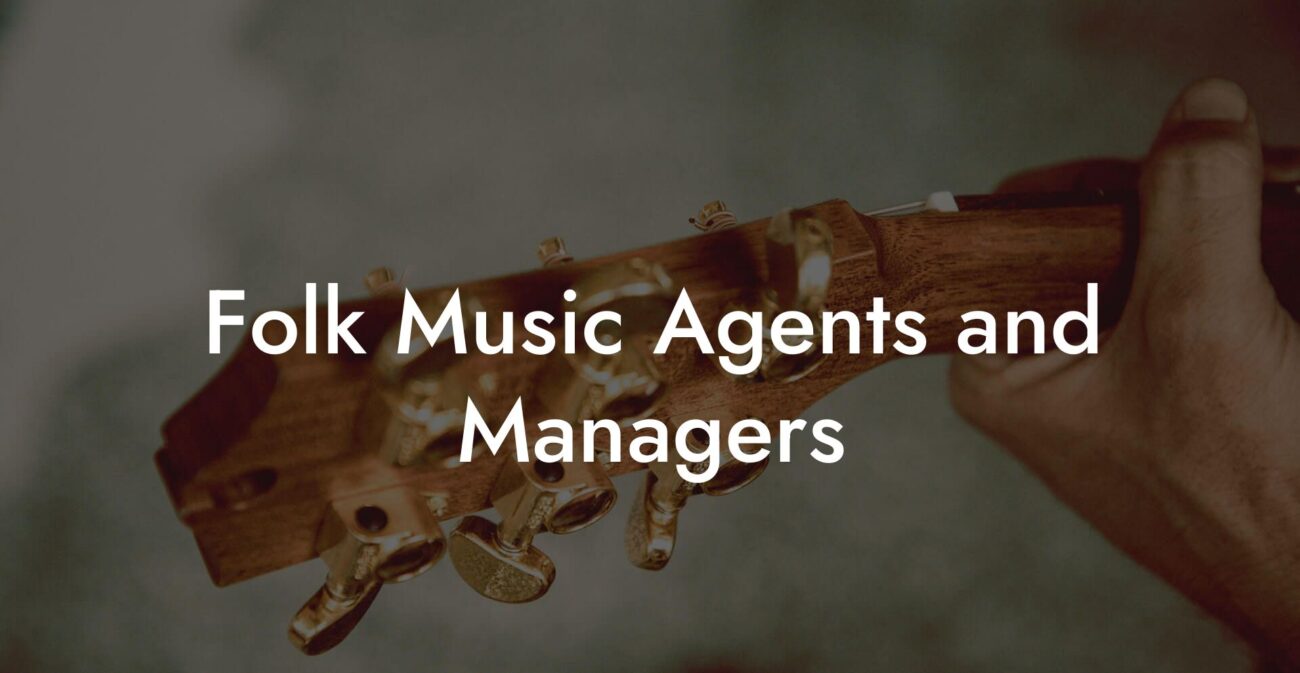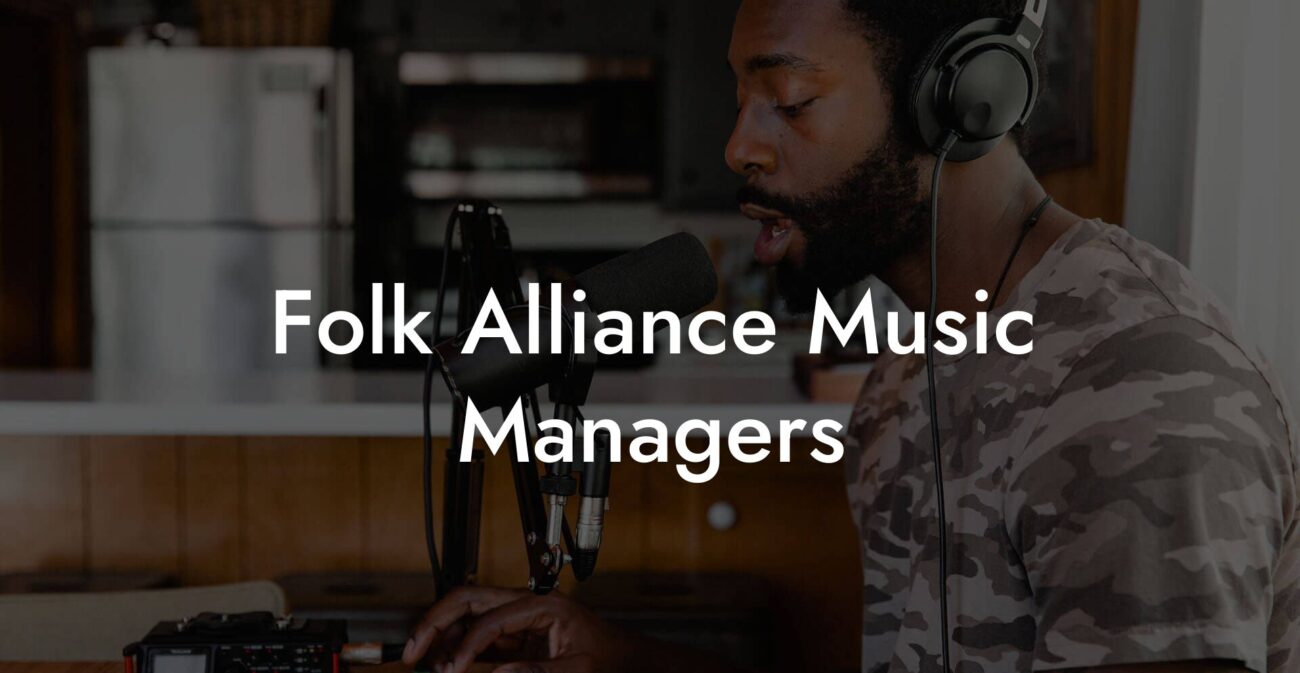Songwriting Advice
How To Write Good Songs

You want a song that lands in the room and does not leave until someone records a voicemail screaming the chorus back at you. Good songs are not a mystery ritual that only a few people inherit. They are a set of choices you can learn, practice, and steal from the right places. This guide gives you a ruthless map that gets you from idea to finished demo without wasting your weekend or your dignity.
Quick Interruption: Ever wondered how huge artists end up fighting for their own songs? The answer is in the fine print. Learn the lines that protect you. Own your masters. Keep royalties. Keep playing shows without moving back in with Mom. Find out more →
Quick Interruption: Ever wondered how huge artists end up fighting for their own songs? The answer is in the fine print. Learn the lines that protect you. Own your masters. Keep royalties. Keep playing shows without moving back in with Mom. Find out more →
Quick Links to Useful Sections
- What Makes a Song Good
- Before You Write Anything
- Song Structures That Work
- Classic pop
- Hook first
- Story mode
- Start With the Hook or Start With a Line
- Melody: How To Make Tunes That Stick
- Vowel pass
- Lyrics That Do Work
- Write with camera shots
- Rules that actually help
- Prosody: Make Words Fit the Music
- Harmony: Chords That Support the Idea
- Arrangement: Make the Chorus Feel Like a Party
- Production Awareness For Writers
- Finishing A Song Without Overworking It
- Collaboration Without Losing Your Voice
- Lyric Devices That Work and Do Not Sound Corny
- Ring phrase
- List escalation
- Callback
- Micro twist
- Rhyme Without Sounding Like a Middle School Poet
- Common Mistakes and How To Fix Them
- Songwriting Exercises That Get Hits Faster
- Object drill
- Two minute hook
- Text message chorus
- Prosody practice
- How To Demo A Song Without a Studio
- Pitching Songs and Getting Feedback
- When To Trash A Song
- Real World Example Walkthrough
- Voice And Performance Tips
- How To Practice Songwriting Like A Job
- How To Use This Guide Right Now
- Frequently Asked Questions
Everything here is written for creators who like fast feedback and loud results. You will get precise workflows, quick drills, production awareness, and real world scenarios so you know when to survive and when to throw the whole thing into the trash. We explain acronyms and terms so you never feel dumb at a session. We include examples you can copy and a feedback loop you can use with friends, collaborators, or that random producer who messages you on Instagram.
What Makes a Song Good
Good is not the same as perfect. Good means the song communicates. It grabs attention, creates a feeling, and gives the listener something to hum or quote. The checks are simple.
- Clear central idea that the listener can say back in one line.
- Memorable hook that repeats and sits on an easy sung note.
- Strong prosody so the natural stress of words matches musical stress.
- Concrete details that create images instead of empty feelings.
- Payoff timing where the hook arrives early and often.
- Arrangement that supports the lyric and makes the chorus feel bigger.
Before You Write Anything
Write one sentence that states the song idea like a text to a friend. No poetry. No metaphors unless they are punchy and clear. This is your song mission statement. Everything in the song exists to make that sentence feel inevitable.
Real life example
- Sentence: I am leaving at midnight because I got tired of waiting.
- Title candidate: Leaving at Midnight
That sentence becomes your compass. If a second line does not deepen, complicate, or illustrate that sentence, it does not belong in the song.
Song Structures That Work
There are many valid forms. Three structures you can use today.
Classic pop
Verse Pre Chorus Chorus Verse Pre Chorus Chorus Bridge Chorus
This gives a short climb and a satisfying release. Use it if you want contrast and a clear bridge moment.
Hook first
Intro Chorus Verse Chorus Bridge Chorus
Drop your hook early. Good for short attention spans and streaming. If you have a killer chorus, show it quickly.
Story mode
Verse Verse Chorus Verse Chorus Bridge Chorus
Use this when you have a story that needs space. Keep the chorus compact so it remains the sun above the narrative clouds.
Start With the Hook or Start With a Line
Either method works. Pick one and finish quickly.
- Hook first. Sing nonsense over two chords. Record five vocal ideas. Pick the one that your mouth likes best. Put your mission sentence there.
- Line first. Write a raw line that has an image and a verb. Build a chorus that says that line in three ways.
Real life scenario
You are in a cafe and you overhear someone say, I still love my ex but I left my hoodie. You write the text message as the hook. Later you turn the hoodie into a camera shot for the verse. The chorus becomes the repeating admission that you keep their hoodie as evidence of being undone.
Melody: How To Make Tunes That Stick
People hum melodies in their heads when the contour is obvious and the rhythm is singable. Use these rules.
- Keep it singable. Sing on vowels first. If you cannot hum it in public without inhaling shame, rewrite.
- Create contrast. Make the chorus a third or a fourth above the verse. Small lift big emotional effect.
- Leap then resolve. Use one leap into the title note then step down. The ear loves a dramatic entrance with a cozy landing.
- Rhythmic hook. Sometimes a rhythm carries the hook more than the note choices. Think of a chant or a repeated syllabic pattern.
Vowel pass
Play two chords and sing on ah oh ee for two minutes. Record. Mark the parts where you want to repeat. Those are your melodic hooks. This method finds the vocal shapes your voice wants to sing without words getting in the way.
Lyrics That Do Work
Good lyrics are readable out loud and paint a small scene. They use verbs and objects more than feelings and filler words.
Write with camera shots
For each line ask, what does the camera see? If the answer is nothing, rewrite. Camera shots create concrete images and make the listener feel like they are in a short film.
Rules that actually help
- Avoid abstract verbs without action. Replace the word feel with an image.
- Use time crumbs. Mention the time of day, a month, or an event to ground the listener.
- Give one small unexpected detail. That is your credibility coin.
- Short lines win. A chorus that uses one or two short lines repeated will often beat a chorus filled with complex sentences.
Before and after
Before: I am lonely and I miss you.
After: The spare toothbrush sits like a bribe. I brush my teeth with the lid off at three a m.
Prosody: Make Words Fit the Music
Prosody is a fancy word for matching the natural stress of speech with the downbeats and long notes. If your strong word falls on a weak musical beat the listener will feel the mismatch even if they cannot say why.
- Speak the lyric at normal pace and mark the stressed syllables.
- Write the melody so those stressed syllables land on downbeats or held notes.
- If a word is important, give it an open vowel for easier singing.
Example
Bad prosody: I love how you left me alone.
Better prosody: You left me alone and I still laugh about it.
Harmony: Chords That Support the Idea
Harmony should be the couch your melody sits on. Keep it simple and meaningful.
- Four chord loop. This is not a crime. Use a simple progression and change texture in the chorus.
- Modal color. Borrow one chord from the parallel scale for an emotional lift.
- Bass motion. A moving bass under static chords gives motion without complexity.
Real life tip
If your chorus needs drama, change one chord when the hook hits. The ear will register the change and the melody will feel bigger for the same notes.
Arrangement: Make the Chorus Feel Like a Party
Arrangement is where songs learn to breathe. The simplest arrangement trick that works is dynamic contrast.
- Keep verses sparse with one or two instruments.
- Open the chorus with a new element that fills center frequencies so the vocal can soar.
- Use silence as punctuation. A one beat rest before the chorus makes the drop heavier.
One signature sound can make a cheap track feel like a record. Find a synth stab, a guitar texture, or a vocal effect and let it return like a recurring character.
Production Awareness For Writers
You do not need to be a producer to write songs. Still, knowing basic production ideas helps you write parts that translate to records.
- DAW stands for Digital Audio Workstation. It is the software people record and arrange music in. Examples are Ableton Live, Logic Pro, and FL Studio. Want to demo? Open one and record your voice over a loop.
- BPM means Beats Per Minute. It tells how fast a song moves. Pop songs often sit between 90 and 120 BPM but that is not a law.
- EQ stands for equalizer. It shapes frequencies. When you say make the vocal sit in the mix you mean cut or boost frequencies with an EQ.
- MIDI is Musical Instrument Digital Interface. It is how keyboards and software talk. You can write chord progressions with MIDI without playing a physical keyboard.
Write parts that leave room for production. Do not write a chorus that requires nine simultaneous sounds to work. Let the producer add polish and you keep the identity.
Finishing A Song Without Overworking It
Most songs die from too much thinking. Use a finish process that forces decisions and prevents endless tweaks.
- Lock the hook. If you cannot hum the hook cleanly, you do not have a chorus yet.
- Lock the form. Print a one page map. Write how many bars each section is and where the hook ears will come.
- Demo fast. Record a simple acoustic demo or phone recording. If the song works with a guitar and voice it will likely work with more instruments.
- Ask one question. Play it for three people. Ask what line they remember. If they do not remember the hook, fix the hook. If they remember a verse line, check if that line distracts from the chorus.
- Ship a version. Even a basic demo posted to social media creates feedback you cannot get alone. Ship early. Iterate later when you have data.
Collaboration Without Losing Your Voice
Collaborations can feel like giving up control. Use a script for sessions so you keep your mission sentence visible.
- Bring your one sentence. Read it aloud at the start of the session.
- Agree on the role of each person. Are you the lyric person? The topline person? The producer? Say it out loud.
- Set a timer for idea generation. Ten minutes to generate hooks. Fifty minutes to pick one hook and write a chorus. Timers force real choices.
- Record everything. Even bad stuff can become a great hook later.
Real life scenario
You go to a co write with a producer who only makes beats. You bring the mission sentence and sing three different chorus hooks while the producer loops drums. One of those hooks becomes the vocal sample that opens the beat. You keep writing and you end up with a song you would not have found alone.
Lyric Devices That Work and Do Not Sound Corny
Ring phrase
Start and end a chorus with the same short title phrase. The loop helps memory and encourages sing along.
List escalation
Three items that escalate. Put the surprising item last. The list feels satisfying.
Callback
Bring back an image from verse one in the bridge or second verse with one small change. The listener feels the story evolve.
Micro twist
Make the last line of the chorus slightly different the second time. This gives listeners a reason to stay for the repeat.
Rhyme Without Sounding Like a Middle School Poet
Rhyme can be useful but you do not have to rhyme every line to make a song feel complete. Use internal rhyme or family rhyme to keep the flow loose but satisfying.
- Family rhyme uses similar sounds but not exact matches. It feels modern and conversational.
- Internal rhyme places rhymes inside lines to keep momentum without forcing endings.
- Use perfect rhyme at the emotional turn to give the ear something it can hold onto.
Common Mistakes and How To Fix Them
- Too many ideas. Kill everything that is not your mission sentence. One song one promise.
- Vague lyrics. Replace abstract words with physical details and actions.
- Weak chorus. Raise the melody, simplify lyric, and reduce words. The chorus is a headline not an essay.
- Over arrangement. If the song needs five instruments to communicate, strip it back and find the identity first.
- Infinite editing. Set a maximum number of edits per pass. For example edit only five lines per pass. This keeps momentum and forces decisions.
Songwriting Exercises That Get Hits Faster
Object drill
Pick an object near you. Write four lines where the object appears and does something. Ten minutes. This forces specificity.
Two minute hook
Two chord loop. Sing only vowels for two minutes. Pick the strongest melodic phrase and put a short title on it. This builds a hook quickly without overthinking.
Text message chorus
Write the chorus as if it were a text message someone might send at three a m. Keep it short and raw. Songs often begin with texts and confessions.
Prosody practice
Say lines out loud and mark stress. Move notes until the stress lands on beats. This makes lines comfortable and powerful in performance.
How To Demo A Song Without a Studio
You do not need a million dollars to deliver a demo that shows your song. Use simple tools and focus on clarity.
- Use your phone to record a clean vocal. Face the mic away from loud HVAC units and kitchen appliances.
- Play a simple acoustic guitar or piano to support the vocal. Keep it in the space the real instrument will occupy on a record.
- Export an mp3 and upload to a private link or cloud folder. Send it along with your mission sentence and lyric sheet. Clarity helps the listener judge the song not your production level.
- If you can use a DAW, add a simple kick and bass pocket. Rhythm gives people a better sense of groove and placement.
Pitching Songs and Getting Feedback
When you pitch a song to another artist or a publisher you must be clear and short. Nobody reads long emails.
- One sentence pitch. State the mood and the hook. Example: Upbeat breakup anthem with a chant chorus that says Keep Your Hoodie. Think Dua Lipa meets early Taylor Swift.
- Attach a short demo and a lyric sheet. If you have a reference track or a production idea attach a link.
- Ask for a next step not a thesis. For example ask if they want a full demo, a topline only, or a co write session. Clear asks get clearer results.
When To Trash A Song
Not every idea is worth saving. Use these criteria to decide to move on.
- The chorus does not improve after three full rewrites.
- The mission sentence feels personal but not universal enough to connect to others.
- Every hook sounds like a line you heard before and you cannot find one unique detail to anchor it.
If a song fails these checks, drop it into a folder called Failed and return in three months. Time heals and sometimes you will find one line in that file that becomes the seed for a real song.
Real World Example Walkthrough
We will write a song in a few steps so you see how the method behaves in the real world.
- Mission sentence: I keep their hoodie and I wear it on purpose to feel the ghost.
- Title: Ghost Hoodie
- Chord loop: Two chord loop for verse. Add a major lift on the chorus. Keep it simple.
- Vowel pass: Sing ah oh ee over the loop for two minutes. Find a chorus shape that feels like a chant.
- Write chorus: Ghost Hoodie. Ghost Hoodie. I wear your ghost like a hoodie and pretend it fits right.
- Write verse: The hoodie hangs on the chair like an accusation. I put it on to steal your warmth on bleary mornings.
- Prosody check: Say the chorus and mark stress. Move melody so Ghost lands on a strong downbeat.
- Demo: Record guitar and voice. Upload. Send to three friends with the single ask Did the chorus latch?
- Feedback: Two friends hum the chorus. One suggests removing the last line. The chorus is stronger repeated twice. Done.
Voice And Performance Tips
Singing is storytelling. The smallest vocal choices make the listener lean in.
- Record one intimate pass as if you are whispering to one person. Record a second bigger pass for the chorus like you are on a small stage.
- Double the chorus vocals. Keep verses single to keep contrast.
- Leave room for breaths. Over singing makes songs exhausting.
How To Practice Songwriting Like A Job
Treat songwriting like a craft. Do not wait for inspiration. Schedule work blocks and measurable outputs.
- Daily micro practice. Ten minutes of a vowel pass or two object drills.
- Weekly project. Finish one short song demo every week for six weeks.
- Monthly review. Pick three demos and choose one to finish properly. This builds a backlog and forces pruning.
How To Use This Guide Right Now
- Write a one sentence mission statement for a song idea you already have.
- Pick a structure from this guide and map the sections on a single page.
- Make a two chord loop and do a vowel pass for two minutes. Mark the repeatable gesture.
- Turn that gesture into a three line chorus with your mission sentence as the core line.
- Record a phone demo and ask three people one question. What line did you remember?
- Make the change that improves the chorus memory. Ship the demo to someone who can give real placement feedback.
Frequently Asked Questions
Do I need to know music theory to write good songs
No. You need taste and tools. Basic theory helps you move faster and speak with producers. Learn the names of chords you use. Learn how a minor relative to the major feels. Learn one borrowed chord trick. Those bits are useful but not required to write a great chorus that people hum.
How long should a chorus be
Keep choruses short and repeatable. One to three lines is perfect. If you need a long chorus for an artistic reason then make sure there is a repeatable phrase inside it that listeners can sing back. The ear loves a small kernel repeated.
How do I come up with a hook
Sing on vowels for two minutes over a simple loop. Mark the gestures that feel like repeats. Place your mission sentence on the most singable gesture. Repeat it. Change one word on the final repeat for a twist. That is your hook. Record it and test it on three people who will not lie to you.
What if I only have lyrics and no melody
Speak the lyrics at conversation speed and mark the stressed syllables. Make a rhythm grid with the stressed syllables. Hum notes on vowels to fit the grid. Pick the shapes your mouth wants to sing. You will find melody faster that way than trying to write notes on paper.
How do I make my songs less generic
Personalize with a single specific detail that only you have. Use names, times, or odd objects. Pair that detail with a familiar emotional shape. Familiar frame and personal detail makes songs feel fresh while still approachable.

